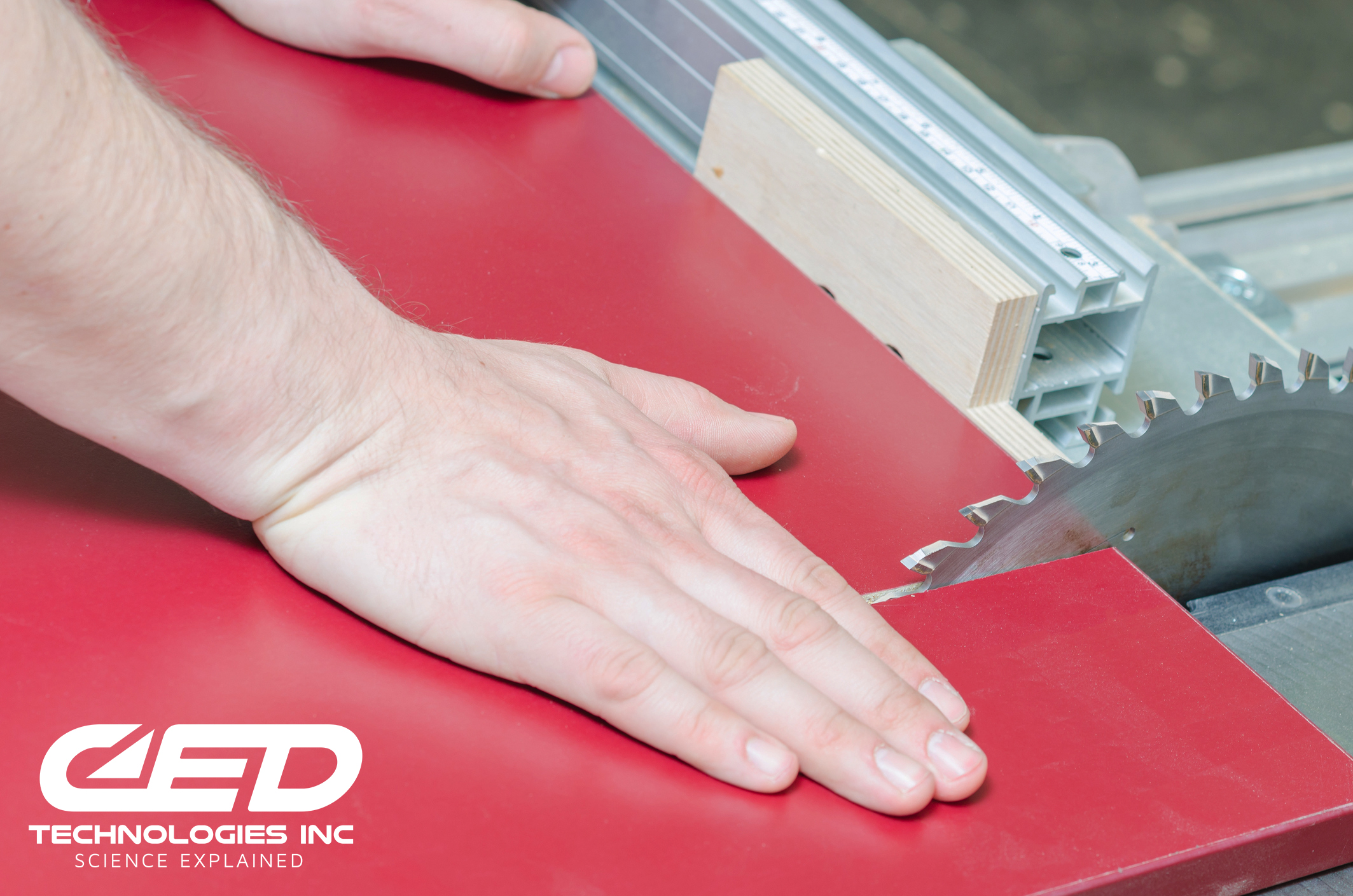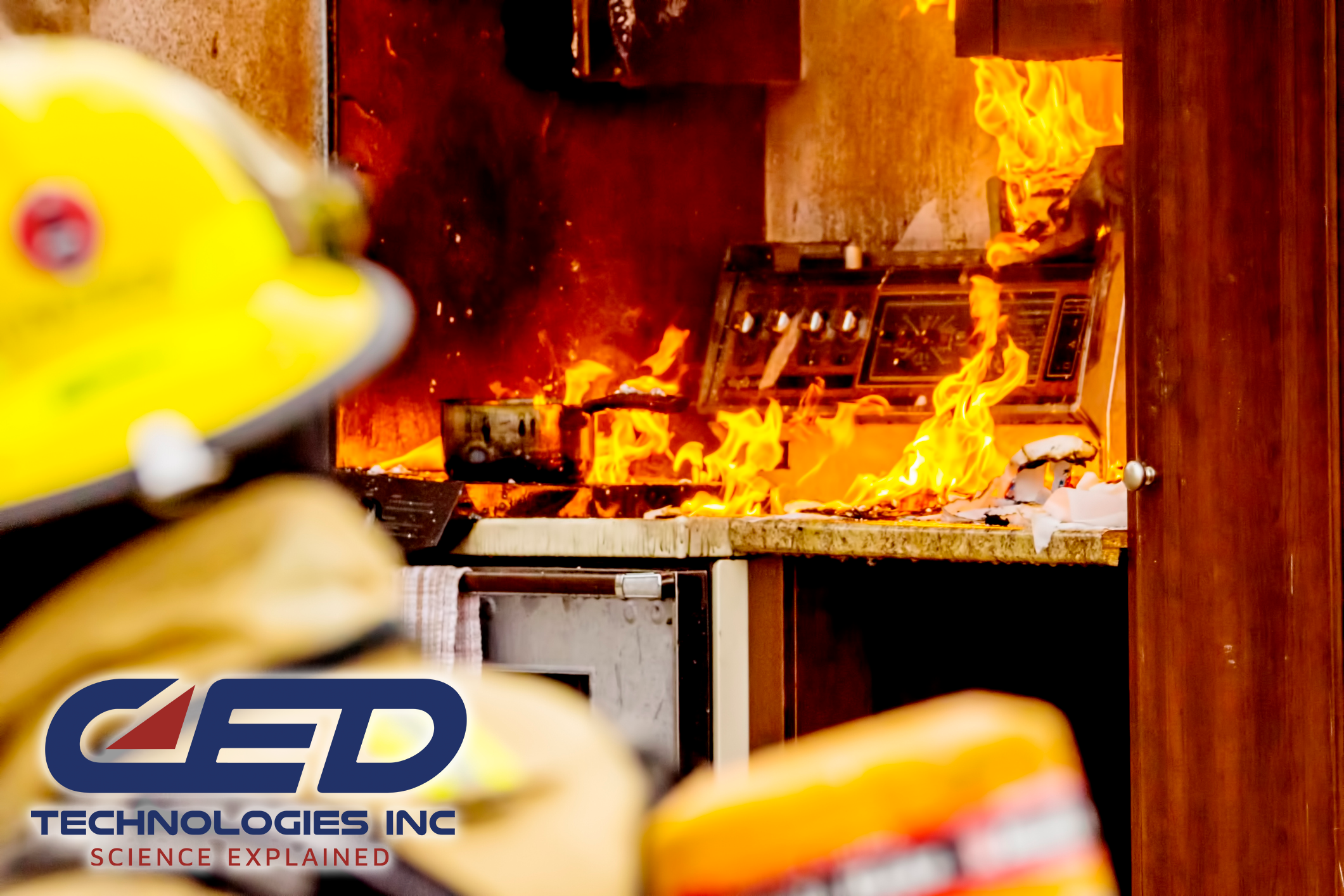Warmer weather and more time at home can only mean one thing… time to get started on home improvement projects! Whether it’s cleaning the gutters, fixing the kitchen cabinets, or finally building that birdhouse, you’ll want to make sure you’re staying safe. Our engineers have experience investigating accidents that involve consumer product failure, dangerous work conditions, or when someone simply makes a dangerous mistake at home.
You should consider the dangers and risks associated with any tool before starting a project. According to a study by the U.S. Consumer Product Safety Commission, table saws account for about 40,000 recorded injuries each year – an average of over 100 each day. About 3,000 of those injuries result in amputations. In a study by the Centers for Disease Control and Prevention, nail gun injuries have nearly doubled since 2001. The number peaked in 2005, the final year of the study, at 42,000 injuries. The CDC found that 40 percent of the injuries occurred as a result of people working on projects at home. This article in Popular Mechanics further reviews the precautions you should know for the five tools most commonly used by DIYers.
You can also invest in tools that take your safety into account for you. The SawStop is a saw with a safety system that automatically stops and retracts the blade within 5 milliseconds upon accidental human contact. If you’ve seen the video demonstration of the SawStop in action, you know that at least one hot dog was spared injury.
To keep yourself safe, we recommend following these steps, no matter the size of the project, the tools you’re using, or your level of experience:
- Always wear safety equipment – goggles, gloves, protective earmuffs, and long sleeves are a good place to start.
- Create a safe work environment – clear the area of potential hazards like stray equipment, loose wires, and other trip hazards.
- Make sure your family knows you’re at work – no one wants to jump from an unexpected tap on the shoulder when handling a saw.
- Clean up – don’t leave a mess. Put away all equipment and materials when you’re done to keep everyone safe!
With these steps in mind, you can make your way through your task list, spruce up your home, and finally build that bird feeder, all while avoiding any accidents. Our engineers see these kinds of accidents all the time, but they can be easily avoided when the right precautions are taken.
Click Here To See Our Full List of Experts Click Here To Submit an Inquiry about a possible Claim or Case.






